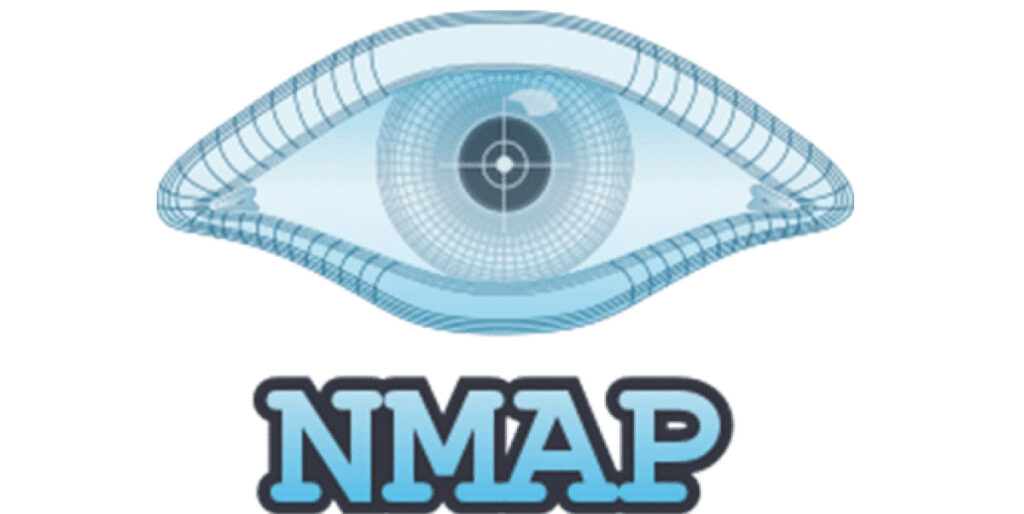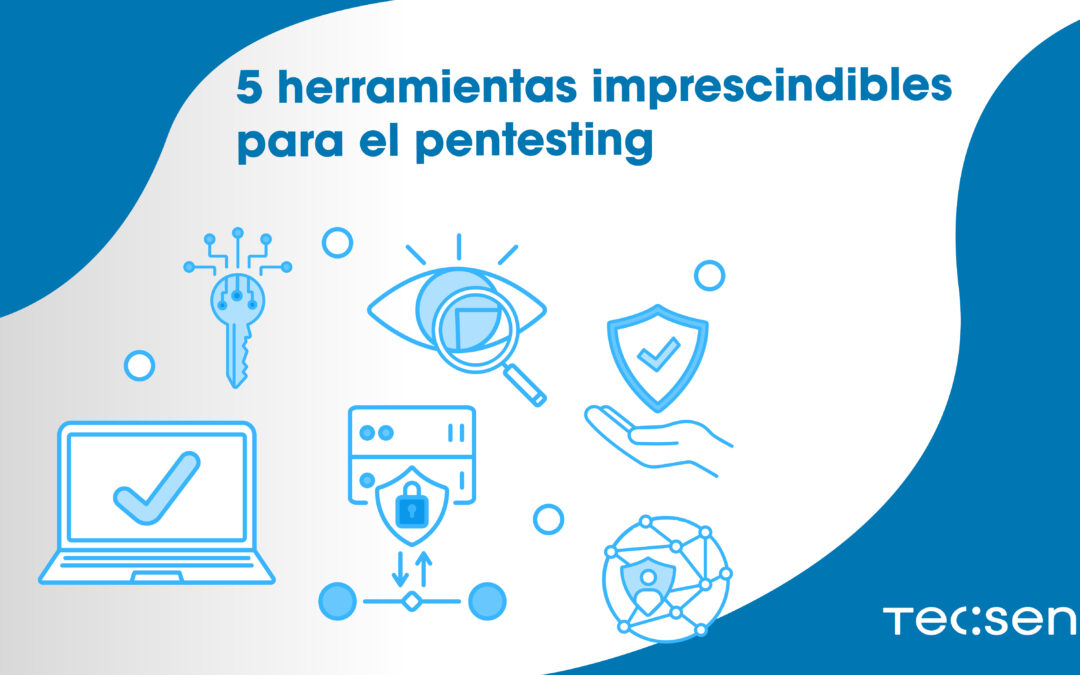As we have seen in previous posts, pentesting is one of the most effective cybersecurity auditing methods. This method is capable of uncovering potential vulnerabilities both internally and externally within an organization. All tests performed through this methodology have a series of phases and techniques that target servers, switches, routers, IPS/IDS, firewall, equipment and IoT devices located in different segments of an organization’s network. Every penetration test involves the use of techniques to build the network or service map, which will then be used in all other phases of the audit. The 5 essential tools for pentesting and used to have the complete network map of the organization are the following:
Essential tools for internal network penetration testing:
- Nmap– A fundamental tool for mapping machines and building a network map. With this tool it is possible to know the number of machines in each of the subnets and to relate IP addresses with MAC addresses and machine names.

- Wireshark– After nmap this tool allows you to view communications that are made over the network, obtaining information about source and destination communications. In addition to displaying ARP, DNS, SNMP, CDP, etc. requests.

- Traceroute: used to find out the number of hops needed to reach each of the machines located in each subnet and therefore to know the metric and be able to determine certain behaviors that the firewall can take.
Essential tools for external network penetration testing:
- Nessus: security assessment tool for existing network services.

- Nikto: fundamental tool for mapping all the Web resources hanging from the server.

Thanks to this type of tools that automate security tests and manual exploitation tests, it is possible to detect vulnerabilities and errors in organizations that can free them from future compromises.




